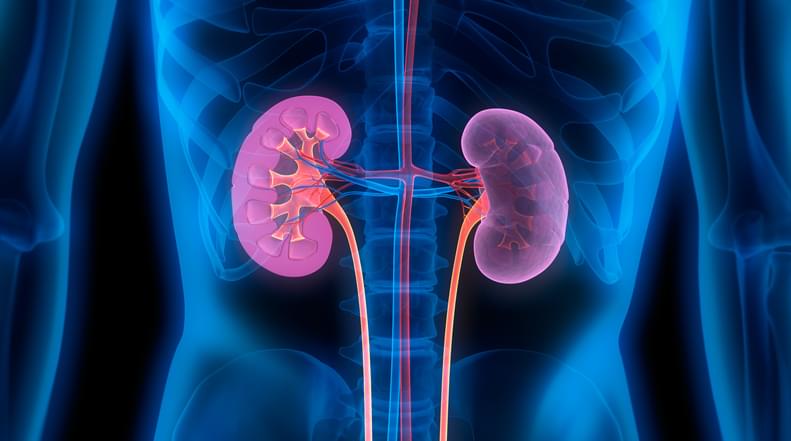An international team of researchers led by the University of Bristol report they have discovered a potential treatment for the world’s leading cause of kidney failure in children needing dialysis.
The findings are published in Med in an article titled, “Shiga toxin targets the podocyte causing hemolytic uremic syndrome through endothelial complement activation.”
“The most common cause of kidney failure in children is due to toxin-producing bacteria that enter the circulation through the gut resulting in a disease called hemolytic uremic syndrome (HUS),” wrote the researchers. “This commonly requires kidney dialysis, with approximately 5% of children developing life-long kidney failure or dying. It has been unclear why this toxin has a predilection for the kidney and what its mechanism of action is. This study shows the kidney podocyte cell is an important target of the toxin and signals to blood vessels through cellular crosstalk, causing complement activation and HUS.”
